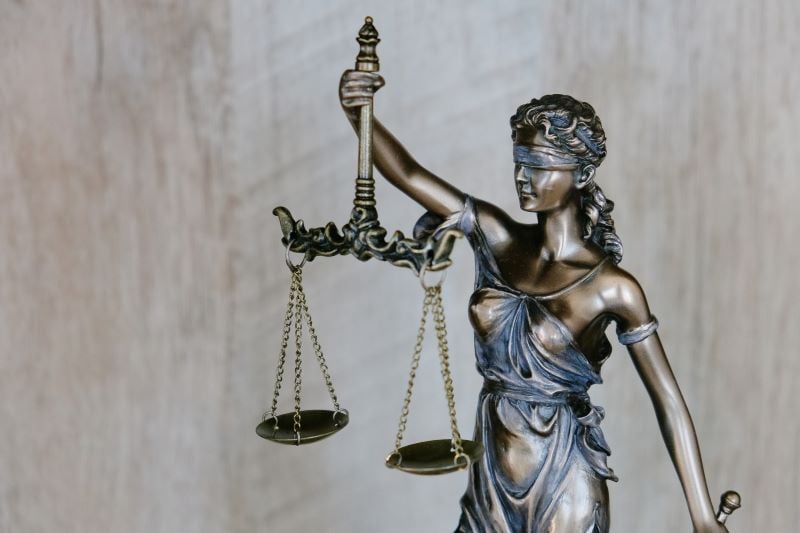There are numerous terms used for ideals that are intended to dictate our behavior. These ideals are put in place with the goal of making our societies operate more smoothly. They are intended to keep people safe while remaining respectful of everyone’s personal freedoms.
Laws and rights are things we hear about throughout our lives. But what is the connection between them? How do they relate to each other? And how do they differ?
We’re probably all familiar with the idea of the law — that if you fail to adhere to the stated guidelines you’ll probably be in need of legal services in both Nashville and Bowling Green. But how are these laws put in place? Are they separate from our rights?
Let’s clear this up a little bit by looking deeper into where our laws come from, how we got the concept of our “rights,” and how they relate to each other.
Law
The idea of law is generally known as a system of rules that is put in place by governmental systems with the goal of regulating the conduct of the citizens. However, law has been debated for a long time as either a science or an art. Is there a standard equation, or are there nuances? This debate is why we have legal services for our communities to navigate the sometimes confusing world of our legal system.
Law is split into two major factions: public law and private law.
Public Law
This area of our legal system governs the relationships between individuals and the government. This includes:
- Tax law
- Administrative law
- Procedural law
- Constitutional law
- Criminal law
Because of the fact that public law is related to the relationship between citizens and larger governing bodies, the entities involved are inherently unequal. The government is much larger than a singular person. However, both the government and the individual are expected to act in accordance with the law, despite this asymmetry.
Examples of public law can be as minor as a jaywalking fine, and go up to tax evasion. However, because the law works in both directions, an individual can also bring actions against the government such as asking for a judicial review of charges.
Private Law
This area of law deals with disputes between individuals or organizations. This includes:
- Property law
- Commercial law
- Family law
- Contracts
- Torts
As private law deals with individuals on a more equal level than public law, it can be used to dictate the duties of individuals within their relationships. Tort law, for instance, can be brought enacted in reaction to one person bringing harm to another.
Examples of private law can be quite varied, but include circumstances such as custody disputes, property line disputes, and personal injury cases.
The Bill of Rights
This is a document that includes the first ten amendments to the United States Constitution (although more were added later). It dictates a series of personal freedoms to be enjoyed by citizens of the country. They are:
- Freedom of Religion, Speech, & Press
- Right to Bear Arms
- Housing of Soldiers
- Protection From Unreasonable Search and Arrest
- Right to Due Process of Law
- Right to a Fair Trial
- Civil Cases Rights
- Freedom From Excessive Bail, Cruel and Unusual Punishments
- Rights Retained by the People
- States’ Rights
There are now 27 amendments to the U.S. Constitution, but these are the original ten included in the Bill of Rights. These rights are largely viewed as the pillars of a just and fair society.
The Relationship Between Rights and Laws
It can seem on the surface that the general principles between rights and laws are the same — to guide people toward a society that is hospitable and beneficial to all individuals. And while these goals might be the same, the actual justifications and manifestations can be quite different.
A right is something a person should have in a society. These are ideals that relate to the general, everyday affordances for a person. They can be as simple as the right to speak, travel, or practice traditions that don’t harm anybody else.
A law is an enforceable direction that can be met with punishment if not followed.
Ideally, our laws would be dictated by strict adherence to our rights. However, this is not always the case. This leads us to another large distinction between rights and laws: Laws are more easily altered.
As we can see by the number of constitutional amendments, our rights can be altered as well. However, this is far less common when compared to changed laws.
Our laws can be challenged, changed, or upheld. Our rights are meant to be interpreted and guaranteed.
A great example of the relationship between the two is the Civil Rights Movement of the 1960s. African-American leaders felt their rights were not being upheld by the law, so they protested and fought against these injustices. In the end, the Civil Rights Act of 1964 changed the law to better reflect the constitutional rights of these citizens.



